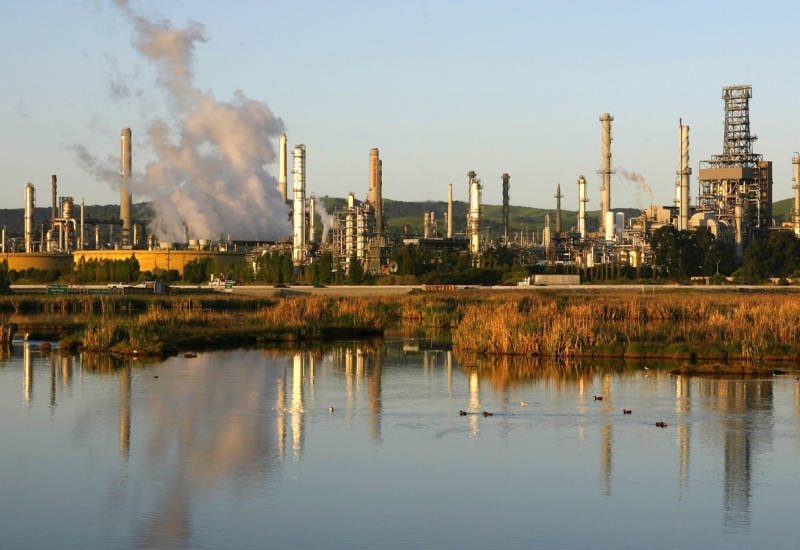A federal appeals court in Washington, D.C. today rejected California’s legal challenge to the Trump administration’s plans to ease decades-old air quality regulations for power plants, oil refineries, steel mills, and other large industrial sources of toxic air pollution.
But the court’s decision is not a total loss for the state, and California’s attorney general is vowing further challenges to the environmental deregulation.
The legal tussle began with a 2018 federal Environmental Protection Agency memo detailing a new interpretation of the Clean Air Act and rolling back a policy that regulates the country’s largest polluters.
The courts said Tuesday that the memo isn’t the EPA’s final rule, so California cannot challenge it in court. But that also means that the EPA cannot enforce it as a regulation.
On June 25, EPA officials proposed formally codifying the memo. The court’s decision to spike California’s lawsuit ensures that this fight between California and the Trump administration will continue around that proceeding.


